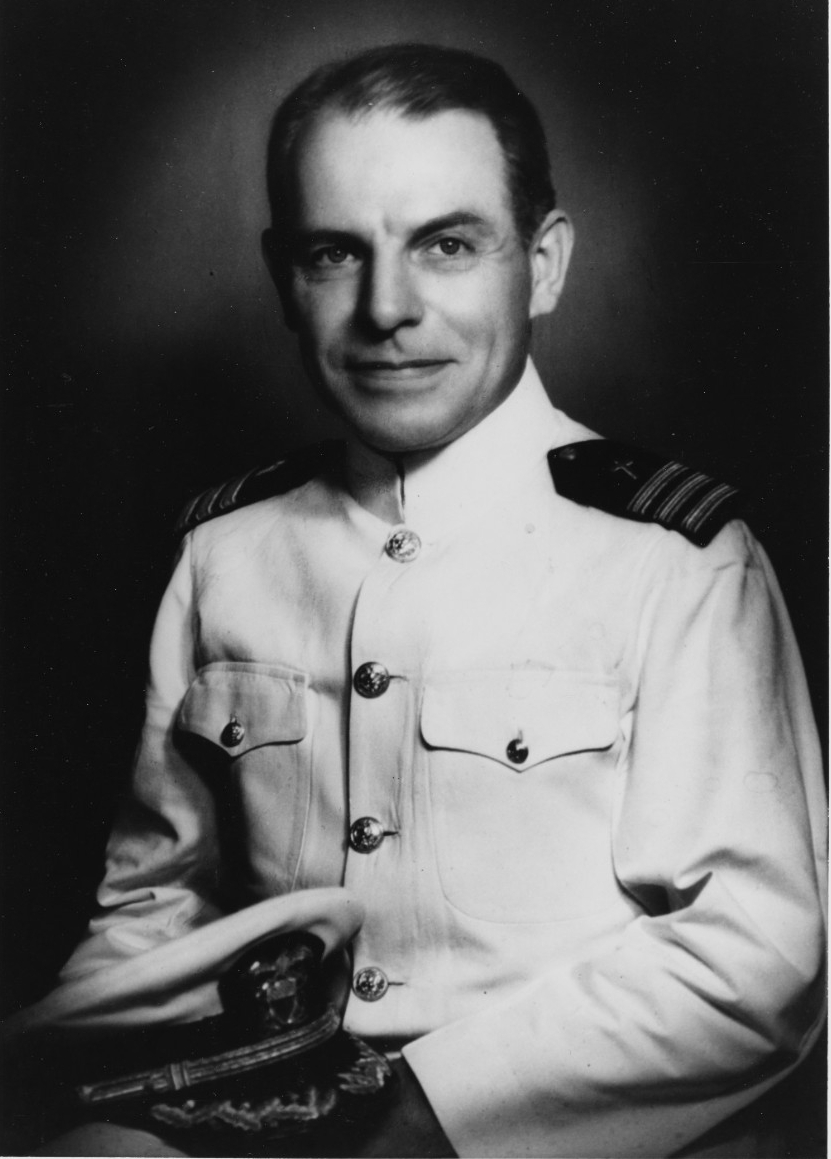
“No one has greater love than this, to lay
down one’s life for one’s friends.” (John
15:13)
I learned about George Rentz through my
relationship with the late Howard Brooks who sailed with Commander Rentz on the
USS Houston during World War II. I thought I’d share the commander’s story in
honor of Memorial Day.
George Rentz was born in Pennsylvania in
1882. He graduated from Gettysburg College in 1903 and headed a call to serve
Christ through ordained ministry in the Presbyterian tradition. Like all good
Presbyterians in the Delaware Valley, young George took his theological
training at the Princeton Theological Seminary. Graduating in 1909, the young
pastor served several calls in both New Jersey and Pennsylvania before joining
the US Navy when our country entered World War I.
It was Rentz’s experience serving Marines
in the trenches of the Great War which gave him his true direction in ministry.
After the war, he remained a navy chaplain and rose to the rank of commander in
1924. He served several posts on both land and sea. In 1940, he was assigned to
the light cruiser USS Houston.
With the Japanese attack on Pearl Harbor,
the Houston was sent to Indonesia as part of a joint battle group with the
Australian navy. In his book The Last
Battle Station: the History of the USS Houston, Duane Schultz recorded that
Chaplain Rentz was a huge favorite with the young crewmen, sometimes sneaking
them nips of alcohol to revive their spirits when they’d served long watches.
In February of 1942 the Houston engaged
the Japanese navy in the battle of Makassar Strait. In spite of fierce incoming
fire, Chaplain Rentz appeared on deck and went from gun turret to gun turret to
encourage the sailors. According to Schultz’s book, the chaplain’s presence
both calmed and inspired the men during the heat of the battle.
Following the victory at Makassar, the
Houston and the Australian cruiser HMS Perth headed for Ceylon on a mission to
disrupt Japanese supplies. Unexpectedly, they ran into an enemy battle group in
what was to become known as the Battle of Sundra Strait. Both vessels were
sunk, costing the lives of over 800 of the Houston’s crew.
Commander Rentz abandoned ship and found
himself clinging to an airplane float with several wounded sailors. He
repeatedly offered the younger men his life jacket and place on the rapidly
sinking float. None of the sailors would accept the chaplain’s offer. Finally,
Rentz removed his jacket and presented it to a wounded sailor named Walter
Beeson. A witness reported that Rentz told Beeson his heart was failing and he
would not be able to hang onto the float much longer. After offering a prayer
for the survivors, Rentz quietly kicked off the float and was lost beneath the
waves of the Indian Ocean. For his act of gallantry he was posthumously awarded
the Navy Cross, the only chaplain to be so honored in World War II. In 1984, the
US Navy commissioned a frigate, the USS Rentz, in the chaplain’s honor. The ship
was decommissioned in 2014.
The information above is all available
online on various websites. When I read about Rentz, I asked Howard Brooks if
the stories of his on-deck heroism and final sacrifice were true. Howard
replied, “Every word of it. I knew him personally. He was a fine man.”
Perhaps this is the
message we need to re-learn every year on Memorial Day. Once upon a time,
giants walked among us. They were men and women who cared deeply about
principles and other people, and they were not afraid to sacrifice. The ongoing
clown show of our current presidential election has discouraged many Americans with
the endless onslaught of tasteless personal attacks and appeals to our innate
selfishness. But our lives in Christ can only be genuine if they are dedicated
to loving God by loving each other. The example of George Rentz and so many
others who gave their lives in the cause of peace and freedom for the world
should inspire us in that pursuit.